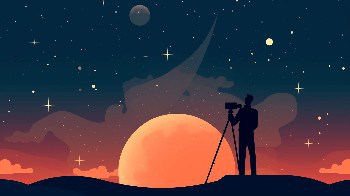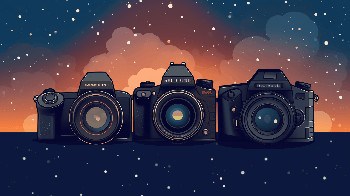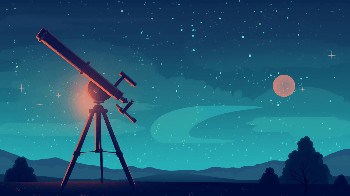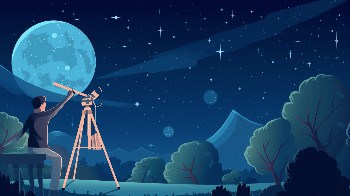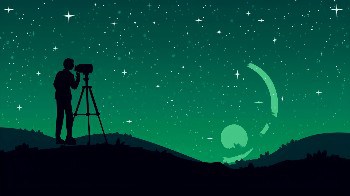
Skies & Scopes
Learn and Love Astrophotography and Astronomy
Skies and Scopes has been featured in:


Who We Are
Anthony Robinson is the founder and chief editor of Skies & Scopes.
Our mission is to help you to take amazing night sky pictures and spend quality time stargazing.
We collaborate with some of the best astrophotographers and amateur astronomy experts from around the world to create the best subject matter on these topics.
Learn More About UsAstrophotography
Our Astrophotography Content Hubs:
Our Top Astrophotography Articles:
Astronomy Photographer of the Year: Gear Analysis
See our analysis of what equipment has been used in nearly 700 images shortlisted for the competition
What is a Harmonic Drive Telescope Mount?
Harmonic mounts are small and light, but are they right for you?
Best Telescopes for Astrophotography
See our unique analysis of which telescopes are being used by the most successful astrophotographers today
Best Cameras for Astrophotography
See the best-ranked DSLR and Mirrorless cameras overall for astrophotography
Astronomy
Our Astronomy Content Hubs:
Our Top Astronomy Articles:
Most Powerful Telescope You Can Buy
Find the most powerful telescopes that you can buy to use at home today
Electronically Assisted Astronomy (EAA)
Introduction to EAA and how it differs from regular astronomy

